
Article • “I, Algorithm“
Applying the 3 laws of robotics to AI in radiology
Ethical considerations continue to fuel the discussion around artificial intelligence (AI), a panel of experts showed at ECR 2022.

Ethical considerations continue to fuel the discussion around artificial intelligence (AI), a panel of experts showed at ECR 2022.

New method for the detection of alcohols combines zero- to ultralow-field nuclear magnetic resonance with the SABRE-Relay hyperpolarization technique.

Using left ventricular pressure-strain loops as a non-invasive way to assess myocardial work has benefits for cardiologists in terms of diagnosis and prognostic stratification for a wide range of heart conditions.

The language used by doctors when diagnosing female patients with polycystic ovary syndrome (PCOS) can negatively impact their wellbeing and how they view their condition, new research finds.
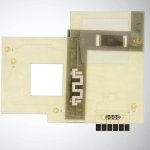
The prototype device combines eRapid and SHERLOCK technologies into a single, postcard-sized system that can simultaneously detect the presence of both SARS-CoV-2 RNA and antibodies in a patient’s saliva.
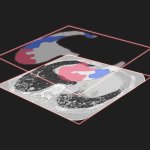
Researchers developed an AI that accurately and quickly diagnoses idiopathic pulmonary fibrosis, based only on information from lung images and medical information collected during daily medical care.
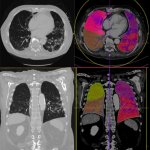
As knowledge about Covid-19 advances, so does the arsenal of techniques to predict, diagnose and follow up on the disease. At ECR, researchers presented a range of promising imaging modalities to keep track of Covid-19 symptoms, severity, and mortality, often including AI support to enhance or accelerate diagnostics.

Researchers have developed a new Covid-19 test distribution method that uses drones to quickly deliver at-home diagnostic tests to individuals who suspect they have Covid-19.

Muscle strength is a powerful predictor of mortality that can quickly and inexpensively be assessed by measuring handgrip strength, researchers show in a new study.
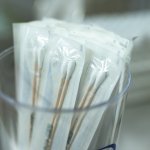
Skin swabs are "surprisingly effective" at identifying Covid-19 infection, according to new research, offering a route to a non-invasive future for Covid-19 testing.

The Covid-19 pandemic has highlighted the importance of the fast and accurate diagnosis of infectious diseases in clinical settings. Harald Maier discusses the implementation of rapid molecular diagnostics in the central clinical diagnostics laboratory at Innklinikum Altötting and Mühldorf, highlighting how the use of PCR testing has benefitted the hospital during the Covid-19 pandemic.

Building artificial intelligence (AI) tools that clinicians and patients can trust, and easily use and understand, are core to the technology being successfully deployed in healthcare settings.

Using deep learning, researchers created AI-driven computer models to analyze corneal and retinal images to help eye doctors in the future.
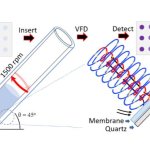
The speedy, high-tech method of inexpensive, accurate and high-throughput protein biomarker assay testing is being touted as a much-needed development in point-of-care (PoC) testing.
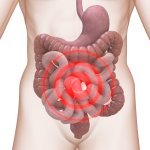
More than 70% of patients with bowel cancer are not diagnosed using screening programmes meaning diagnoses are often made late, when the cancer is at an advanced stage, according to new research.
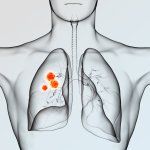
A simple blood test could be a better predictor of whether cancer immunotherapy will be successful for a patient with lung cancer than an invasive tumor biopsy procedure.

Researchers have developed a novel way to fabricate diagnostic devices using paper-based microfluidics that can be rapidly prototyped and scaled for manufacturing.
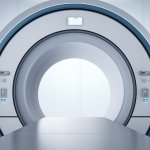
Hyperpolarized nuclear magnetic resonance enables major medical advances in molecular diagnostics, for example for cardiovascular diseases or cancer therapy.

Researchers developed a new microfluidic chip with broad applications for detecting viruses, pathogens, bacteria and other biomarkers in liquid samples.
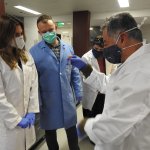
The search for rare mutations in bacterial genome could lead to better diagnostics and treatments – reducing morbidity caused by the deadly disease.

Researchers have developed advanced computer models, or “digital twins”, of diseases, with the goal of improving diagnosis and treatment.
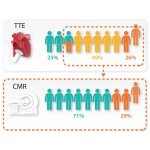
Using MRI scans to detect heart failure could revolutionise how the condition is diagnosed, thanks to new research from the University of East Anglia and the University of Sheffield.
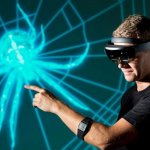
Mental disorders are among the leading causes of ill-health and disability worldwide, and the demand for a viable solution to battle the mental health crisis has risen. The past two decades have witnessed the emergence of extended reality (XR) as a tool for investigation, assessment, and management in mental healthcare.

The in vitro diagnostic regulation (IVDR) aims to make tests safer, more reliable, and sustainable. Unfortunately, it is also widely regarded a bureaucratic nightmare. At the ECCMID Day on Diagnostics, an expert proposed a more constructive approach.

Using mass spectrometry and chromatography techniques, UK researchers have developed an approach to predict infection severity among Covid-19 patients, as well as potential outcomes.